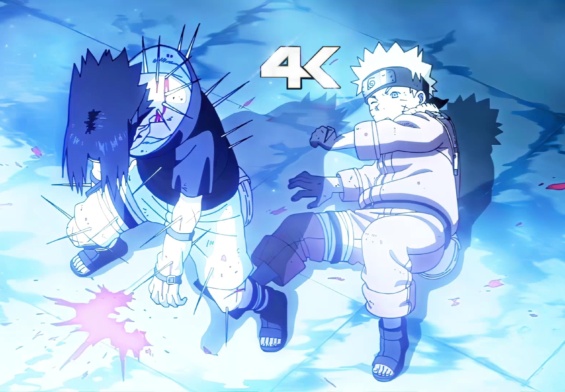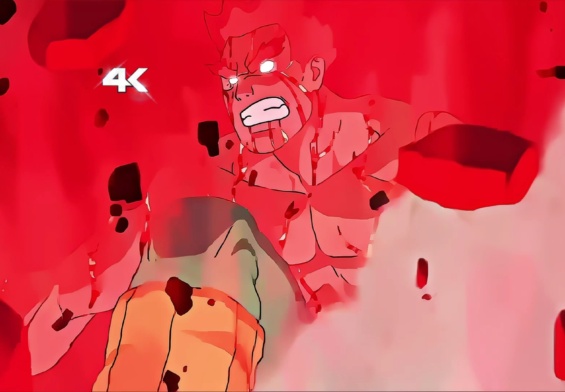MADRA UCHIHA TWIXTOR
Madara Uchiha is a pivotal and enigmatic character in the Naruto series, created by Masashi Kishimoto. Born into the prestigious Uchiha clan, Madara was a prodigious and ambitious ninja whose actions would shape the course of the Naruto universe. In 610 words, let’s delve into the complex and intriguing character that is Madara Uchiha.
MADRA UCHIHA TWIXTOR : Madara’s story begins in the era of warring clans, where the Uchiha and Senju clans were in constant conflict. Madara, along with his younger brother Izuna, experienced the harsh realities of war from a young age. This turbulent environment fueled Madara’s desire for power and the dream of uniting the warring clans for the sake of peace.
MADRA UCHIHA TWIXTOR : The turning point in Madara’s life came when he encountered Hashirama Senju, the leader of the rival clan. Despite their initial clashes, Madara and Hashirama shared a vision of a unified shinobi world. Their friendship led to the creation of Konohagakure, the Hidden Leaf Village, marking the end of the era of constant warfare. However, the partnership was not without its challenges.
MADRA UCHIHA TWIXTOR : Madara grew increasingly disillusioned with the Senju-dominated leadership and the village’s direction. This discontent ultimately led to the Uchiha clan’s marginalization, breeding resentment within Madara. Fueled by despair, he sought power through the acquisition of the Uchiha’s ultimate weapon – the Sharingan. This quest for strength ultimately led him to unlock the Mangekyō Sharingan, a rare and powerful form of the eye technique.
As tensions escalated, Madara confronted Hashirama, and their clash at the Valley of the End marked the end of their partnership. Consumed by his quest for power, Madara abandoned the village and founded the organization known as the Uchiha Clan, vowing to enact vengeance upon those who betrayed him.
Madara’s journey took a dark turn when he sought out the forbidden power of the Ten-Tails, a colossal creature of immense chakra. His quest for god-like power led to the formation of the Akatsuki, an organization that sought to harness the power of the Tailed Beasts. Madara’s manipulation from the shadows drove the narrative’s conflicts, setting the stage for the ultimate showdown between him and the ninja world.
The Uchiha’s influence loomed large over the series, with Madara’s actions leaving an indelible mark on the fate of the shinobi world. His resurrection in the Fourth Great Ninja War elevated him to the status of the primary antagonist, as he unleashed devastating attacks and showcased his unrivaled combat skills. His mastery of the Rinnegan, a powerful eye technique, further solidified his status as one of the most formidable characters in the Naruto universe.
Madara’s philosophy, shaped by his traumatic experiences, revolved around the inevitability of conflict and the pursuit of power as a means to establish order. His clash with Naruto Uzumaki, the series’ protagonist, symbolized the struggle between their contrasting ideologies – the cycle of hatred perpetuated by Madara versus Naruto’s belief in empathy and understanding.
In the climax of the series, Madara’s grand plan to cast an Infinite Tsukuyomi, a genjutsu that would trap humanity in a dream-like state, reached its zenith. However, the unexpected intervention of Kaguya Ōtsutsuki, a cosmic entity with ties to the origin of chakra, disrupted Madara’s ambitions, leading to a paradigm shift in the narrative.
Madara Uchiha’s character is a study in tragedy and complexity. From his early aspirations for peace to his descent into darkness, Madara’s journey encapsulates the themes of power, betrayal, and the consequences of one’s choices. Despite his formidable abilities and imposing presence, Madara serves as a cautionary tale within the Naruto series, urging reflection on the nature of conflict and the pursuit of power.





